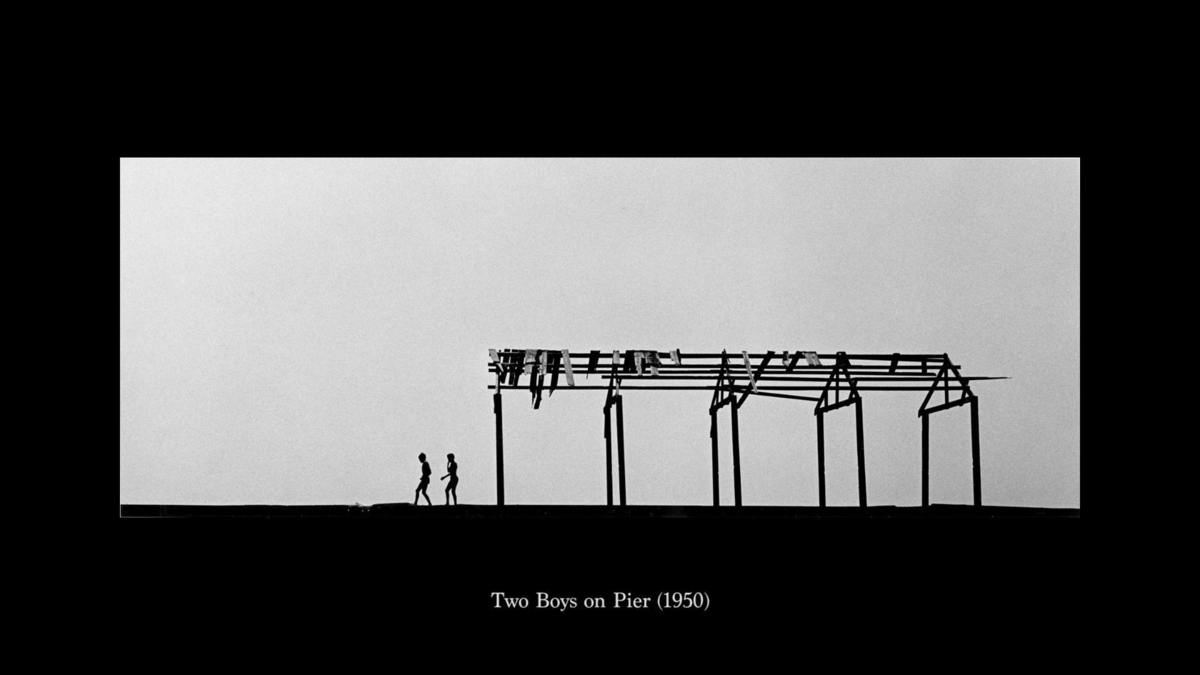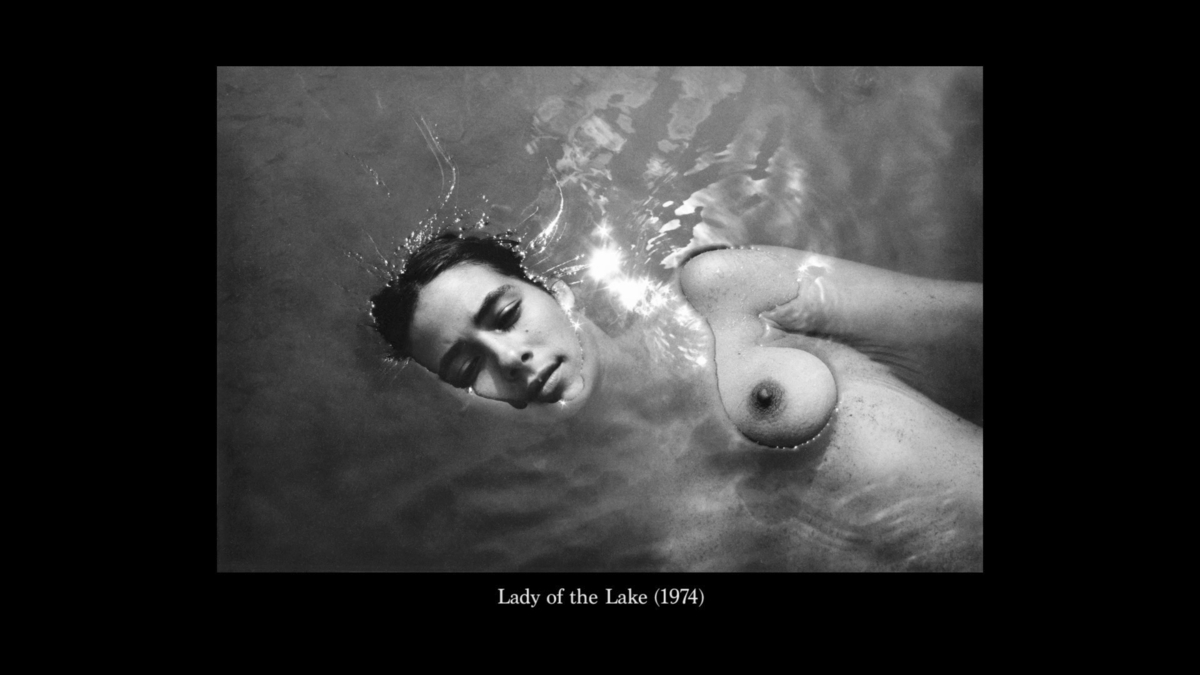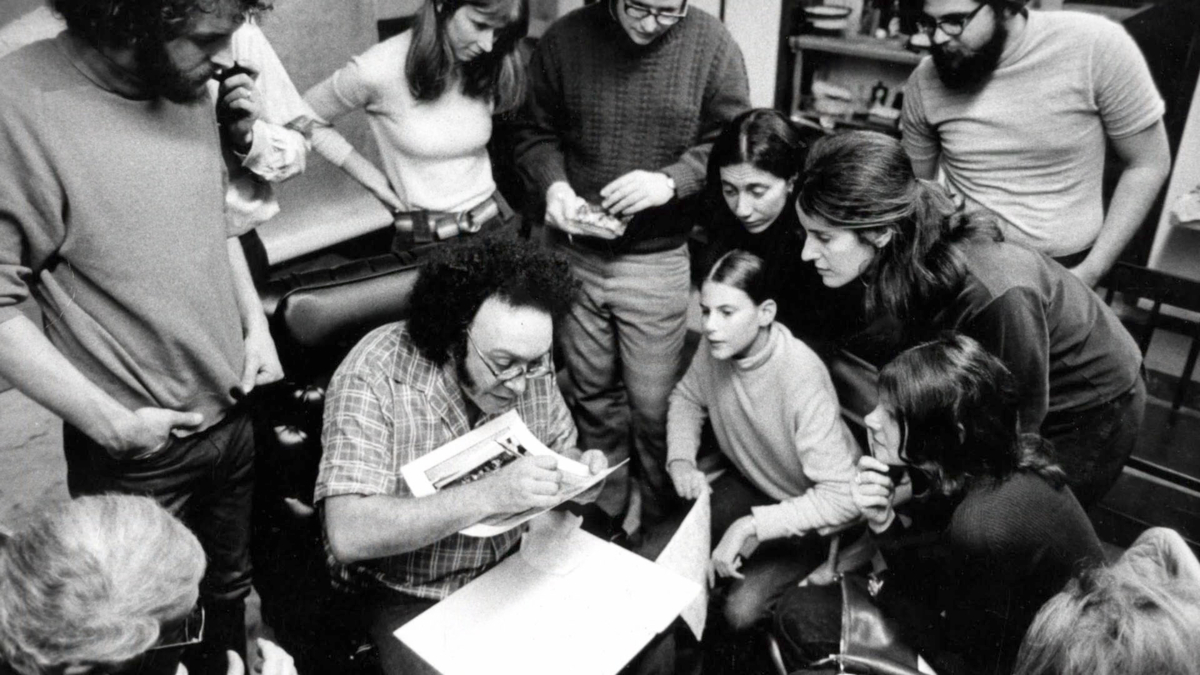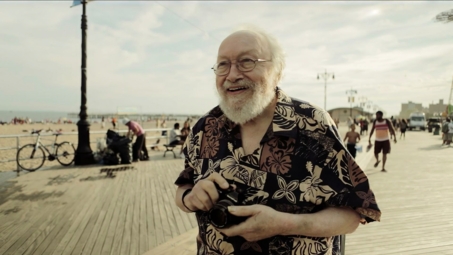Diving into 'Harold Feinstein: Last Stop Coney Island' with Filmmaker Andy Dunn
Andy Dunn is a documentary filmmaker specializing in music. In this interview, he tells us about his side-step into photography, which enabled him to deliver an intimate portrait of the American photographer Harold Feinstein, revealing the richness of the work of this overlooked photographer, whose character was as rebellious as it was focused on the joys of life.
How did you discover the work of Harold Feinstein ?
I discovered Harold in 2011 when two Boston photography collectors Jim Fitts and Jason Landry launched a kickstarter campaign to raise funds for 80 year old Harold’s first ever monograph, having recently discovered his forgotten body of work themselves.
I saw a tweet promoting the kickstarter, had a quick look, liked what I saw and pledged the $60 for a signed book. It must have been a year later when the book finally arrived at my home in Twickenham, London and my imagination was captured by the images within it - and my long and rich journey into Harold’s life and work began.
I can still remember showing the book to my Dad who was visiting to see his newborn grandson (my eldest son, Sam). And I uttered those words to him…”you know, I think there could be a film in this guy!”

The films you have done so far were rather linked to music, how did you proceed for this new approach, showing images?
That’s true, at that point I had just left my job at the BBC where I had been making music documentaries and filming music performance for over a decade - and I’m still very involved in Music TV actually, but I had always had a passion for photography since I studied it at University. And analogue, film photography particularly is something I’ve always practiced and studied as a personal hobby.
So it wasn’t a huge departure to make a film about a photographer. Most of the films I have made, whether in the fields of music, design, visual art, dance even in sport, are about celebrating and observing the artist at work, the stories of their struggles, their process and the magic they create whether through a lens, on a canvas, performing on stage or even surfing a wave fascinates me and I love being around true artists of all kinds.
Also I think the ability to combine music with images is the most powerful tool, and the greatest privilege of a filmmaker. It’s in these moments that movies and documentaries come alive for me.
Tell us about the genesis of this documentary project. What were your first ideas and how did they evolve as you went deeper into your research and met the people who knew him ?
The genesis was simple and became more focussed as Harold’s health weakened and the window of opportunity for filming narrowed. Initially I thought the strength of the story was around the sense of place in Coney Island. Harold was born in Coney Island Hospital, his most iconic images were made there and my main focus at first was to film Harold returning to Coney Island, possibly for the last time, to take pictures and reminisce about that place and his life and work.
However, upon meeting the man himself and speaking to those who knew him best, I soon realised that what made Harold unique and a powerful force, was his spiritual essence and his love of creativity and nurturing the creativity in others. This then became the main theme of the film and I know I had to broaden my canvas to include more aspects of Harold’s life, family and his students.

One of the striking elements of this film is Harold Feinstein’s strong personality and how it is echoed in his photography. Could you tell us more about meeting him ?
I always say that I wish I had met Harold when he was in his prime between the 1950s and 1980s - he was such a strong character back then and he infused everywhere he went, and everyone he met, with this joy and wonderment about life. He also was a rebel, he didn’t follow the pack and didn’t have much time for authority figures.
Alas when I met him in his 80s he was older and quieter, but some of the essence of his personality remained and I could feel why people were drawn to him. He was often smiling, he know to appreciate the tiny, natural moments of beauty in life - how the light falls on a surface, the intricacies of a flower or a loved one’s face - so how could one fail to be happy every day?
So that rubs off on people and also his 100% conviction that a life following his artistic muse was the right path, a worthy path and not something to apologize for, despite the negative fallout that is sometimes caused by such a single minded pursuit of art.
But also Harold loved a joke and ice cream and company - so he was easy to spend time with. I must also say that his deep love for and the support of his wife Judith had a lot to do with Harold surviving into his old age AND her openness and great stewardship of his archive also made the film possible. Without a an effective and trusting working relationship with Judith I’m not sure I would have been able to complete the film and expand it into the definitive story of is life and with that it became. Behind every great man, there is a great woman….as the good book says!
Questions sent by email
in march 2024
by Zoé Isle de Beauchaine

Harold Feinstein with his students.


